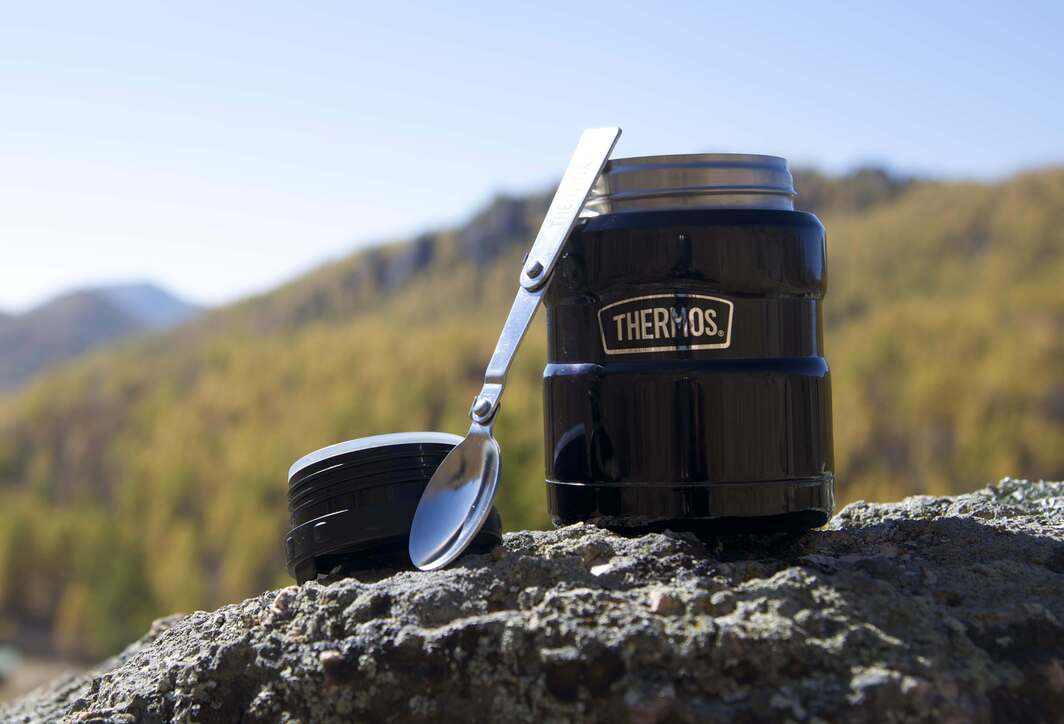Who and when invented the (vacuum flask) thermos?
Needing a product to help him store liquid chemicals, Scottish physicist and chemist James Dewar (1842-1923) invented the product that was originally a vacuum flask but later became known as the Thermos.

In 1892, Dewar placed a glass bottle inside another bottle and removed the air between the two bottles, causing a vacuum. This two-layered container was instrumental in Dewar's development of a product that would keep the liquid inside of it at low temperature for a long time. This product also led to the development of a product that would later be marketed under the Thermos brand.
When was the thermos (vacuum flask) bottle invented?
1892
In 1892, Scottish scientist Sir James Dewar invented the vacuum flask. Through his work in cryogenics, he identified a need to keep a chemical placed in a flask at a stable temperature.
For several years Dewar's containers have been on lab shelves rather than store shelves. The first person to realize that these containers could be used in everyday life was Reinhold Burger, whom Dewar hired to manufacture them. Burger also realized that Dewar's containers could be stored for a long time as hot or cold rather than chemical liquids, and he developed the containers inspired by Dewar's containers in 1904 and patented these containers and started to sell these containers through the German Thermos GmbHJ company. The name Thermos, which comes from the Greek word "therme" meaning "hot", was suggested during a competition held in Munich. Burger patented the Thermos in the United States in 1907. In his patent application, Burger described his invention as "a two-layer container between which a vacuum can be created".
When did thermos become popular?
The product was an enormous success and became one of the top housewares products in North America in 1985. In late 1986, Household Manufacturing merged Thermos with Structo to form a single consumer products division in the U.S.
Dewar never thought of patenting the containers he developed and lost the lawsuit he filed to prevent Thermos from using his own design. Despite this, Dewar has received many awards for his contributions to the field of science. Dewar's inventions included the ability to produce hydrogen in liquid form and then resolidify it, and the smokeless powder he developed with Sir Frederick Abel. In addition, Dewar was knighted in the year Thermos was launched.
What is the real name for a thermos?
A vacuum flask (also known as a Dewar flask, Dewar bottle or thermos) is an insulating storage vessel that greatly lengthens the time over which its contents remain hotter or cooler than the flask's surroundings.
History and Heritage Official Thermos
https://thermos.co.uk/heritage
History of the Thermos Company
https://www.kitchenkapers.com/pages/history-of-the-thermos-company
